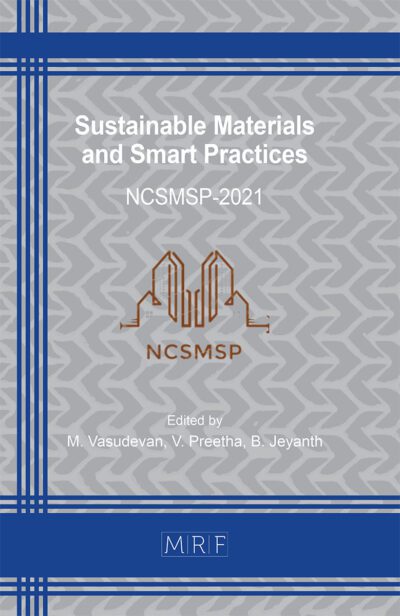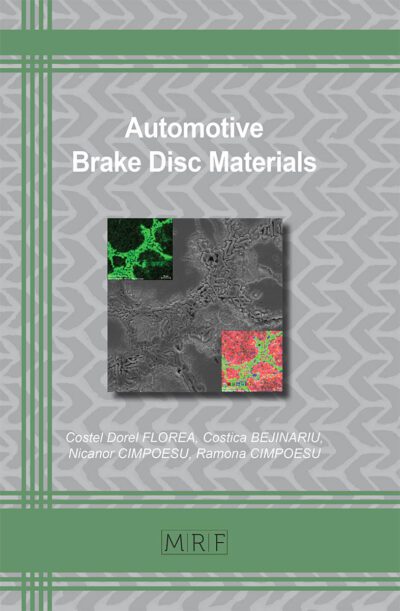Characterisation of the Effect of Corrosion on the Residual Stresses in Girth Weld Pipe Using Ultrasonic Calibrated with Strain-relieving Measurement Techniques
R. Romac, D. Cave, X. Ficquet
download PDFAbstract. The structural integrity of an oil and gas pipeline is increasingly factored into the design of new installations to ensure that operating risks are maintained low. In addition, the life extension of existing assets beyond their original anticipated design life, as a result of the current oil price environment and the need to optimize field development expenditure, is an ongoing challenge. Operators would like to extend pipeline service life, while many of the technologies required for the validation of their ongoing condition are not yet mature enough to provide confidence that this is a viable strategy. One of the issues considered as a key threat to pipeline integrity is corrosion. Therefore understanding the distribution and redistribution of residual stresses within a pipeline affected by corrosion can be of great benefit. A way to monitor in-situ the pipeline residual stress is to use the ultrasonic (UT) technique. The paper aimed to assess and calibrate the US technique on a pipeline mock-up in the presence of a typical local corrosion damage mechanism. Contour, iDHD, ICHD, XRD and ultrasonic measurements were carried out before machining a flaw to produce an accurate FE model of the pipe. The residual stress was then measured during the manufacture of the flaw and was compared with the FE prediction. Ultrasonic measurements were then carried out on the outer surface of the pipe and show a significant increase in the residual stress. The Ultrasonic technique can therefore, be used to monitor the changes in the residual stress which may be caused by corrosion.
Keywords
Residual Stress, Girth Weld, Ultrasonic Measurement, Contour, iDHD, Corrosion
Published online 12/22/2016, 6 pages
Copyright © 2016 by the author(s)
Published under license by Materials Research Forum LLC., Millersville PA, USA
Citation: R. Romac, D. Cave, X. Ficquet, ‘Characterisation of the Effect of Corrosion on the Residual Stresses in Girth Weld Pipe Using Ultrasonic Calibrated with Strain-relieving Measurement Techniques’, Materials Research Proceedings, Vol. 2, pp 347-352, 2017
DOI: https://dx.doi.org/10.21741/9781945291173-59
The article was published as article 59 of the book Residual Stresses 2016
![]() Content from this work may be used under the terms of the Creative Commons Attribution 3.0 licence. Any further distribution of this work must maintain attribution to the author(s) and the title of the work, journal citation and DOI.
Content from this work may be used under the terms of the Creative Commons Attribution 3.0 licence. Any further distribution of this work must maintain attribution to the author(s) and the title of the work, journal citation and DOI.
References
[1] DNV, recommended practice det norske veritas dnv-rp-f116, “Integrity management of submarine pipeline systems”, (2009)
[2] BS7910, “Guide on methods for assessing the acceptability of flaws in metallic structures”, British Standard Institution. (2005)
[3] A.A. Santos, D.E. Bray, “Ultrasonic Stress Measurements using PC based and commercial flaw detector”, Review of Scientific Instruments, (2000). https://dx.doi.org/10.1063/1.1287339
[4] Y. Javadi, H. S. Pirzaman, M. H. Raeisi, M. A. Najafadabi, Ultrasonic inspection of a welded stainless steel pipe to evaluate residual stresses through thickness, (2013)
[5] Mahmoudi, A.H. et al., “A New Procedure to Measure near Yield Residual Stresses Using the Deep Hole Drilling Technique”, Journal of Experimental Mechanics, , Vol. 49, No. 4, (2009)
[6] Serasli, K et al., “Measurements of residual stresses using mechanical strain relaxation methods and mapping in a thin-walled girth welded pipe mock-up, Pressure Vessels & Piping conference 2016
[7] Hosseinzadeh, F. et al. “Towards good practice guidelines for the contour method of residual stress measurement”, Journal of Engineering (2014)














